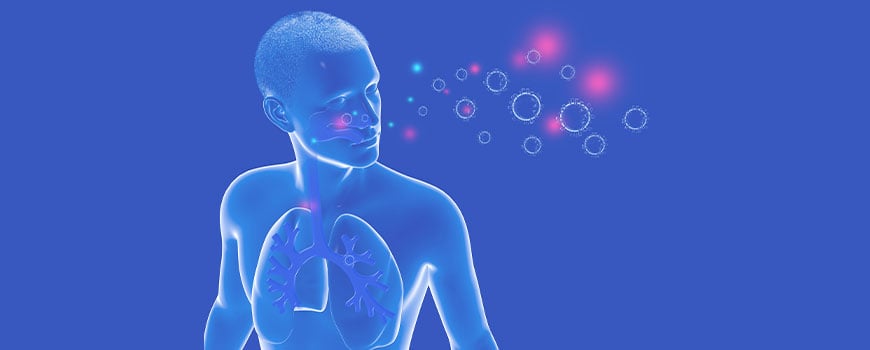 Trade unions and scientists want employers to sign a pledge to protect the health and well-being of their employees by improving workplace conditions, including turning their buildings into ‘safe havens’ from polluted air.
Trade unions and scientists want employers to sign a pledge to protect the health and well-being of their employees by improving workplace conditions, including turning their buildings into ‘safe havens’ from polluted air.
The Public & Commercial Services (PCS) union is seeking high level government support for an ‘Employer Pledge’ developed by Independent SAGE – the group of scientists working together to advise the government and the public about dealing with and recovering from the Covid-19 pandemic – in response to the government’s ‘living with Covid’ strategy.
The pledge is “a simple commitment to adhere to health and safety law and best practice” and includes particular provision for measuring and assessing indoor air quality (IAQ). The PCS is proposing that the pledge should refer to guidance produced by the Building Engineering Services Association (BESA) to improve ventilation, filtration and air cleaning in offices and other workplaces* – along with other aspects of building safety.
This follows a presentation by BESA’s head of technical Graeme Fox to the Trade Union Congress (TUC) explaining the three pieces of guidance produced by the Association since the start of the pandemic and culminating in last month’s launch of ‘Buildings as Safe Havens – a practical guide’.
Coalition
The PCS is helping to build a coalition of unions lobbying the Cabinet Office to gain full civil service support for the pledge that will encourage employers to put strategies in place for making employees feel safer on returning to work and to ensure they have consulted their workforces.
Independent SAGE believes all indoor areas should be assessed by a specialist for air quality, design, and ventilation. All building users should be provided with accurate and accessible information on ventilation in each space and what constitutes safe occupancy and unsafe air quality levels.
They are also calling for continuous real time CO2 monitoring with a notification when levels go above 800 parts per million (ppm) – as a proxy for measuring IAQ. All building users would be provided with information on what to do when conditions are unsafe and will have the right to remove themselves without threat of repercussions.
“Now that the government has stated there is no longer a legal requirement on employers to record cases, to have a specific Covid 19 risk assessment, and workers no longer need to self-isolate, we must now turn towards existing laws and regulations to make our case for safety in the workplace,” said the PCS.
Employers should assess their physical environment and working practices according to health and safety law including risk assessments, to ensure that they are designed to safeguard against the spread of infection, the SAGE scientists added.
“The involvement of trade unions and this extremely influential group of scientists at the highest level of government brings the prospect of ‘safe havens’ much closer,” said Fox. “I found union officials very receptive to our guidance and the principle of protecting workers from sources of outdoor pollution and the cocktail of indoor contaminants that can be found in many workplaces.
“They recognise that improving building ventilation can play a huge part in helping the country recover from the pandemic and make buildings more infection resilient in preparation for future health emergencies,” he added.
“They also noted the importance of using properly trained and accredited ventilation and IAQ specialists to carry out remedial work on buildings and on avoiding ‘silver bullet’ solutions.”
*BESA’s Beginner’s Guide to IAQ provided an overview of the problem and its Guide to Good Practice for IAQ focused on the importance of measuring and monitoring air quality to deliver better health and well-being outcomes. The first was developed in partnership with Mitsubishi Electric and has been downloaded for free more than 2,000 times.
Last month it launched Buildings as Safe Havens – a practical guide, also in partnership with Mitsubishi Electric. This provides a step-by-step approach to getting the most from working with IAQ specialists, so facilities managers and end users can achieve the best results for their buildings.
All three guides can be downloaded for free here

